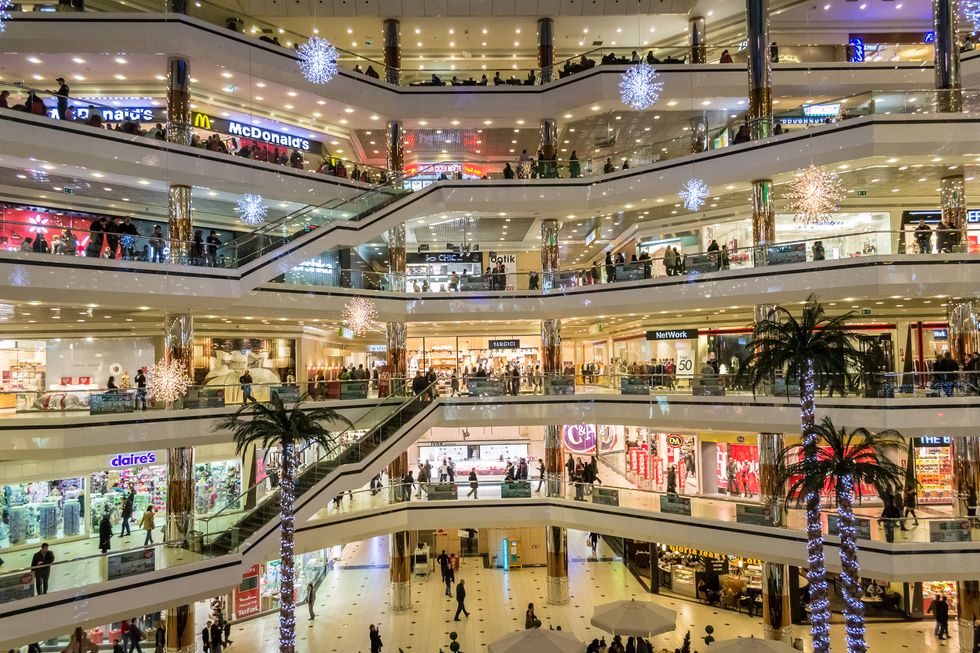This week, news broke that Amazon bought Whole Foods for $13.7 billion. The popular grocery store will now be a producer for Amazon Fresh, a service that can deliver groceries to your door in an hour or less.
Mergers like this have become more common as retail shopping has moved to the online model and this does not apply to just grocery stores. Clothing stores have been the first to see this shift from only selling merchandise at brick and mortar stores to becoming online based. Brick and mortar stores are continuing to close because they cannot compete with the fast services that online stores promise, and technology is making it easier to get your shopping done without having to leave your house.
This new online model is highly popular among Millennials because of their preference for technology, instant service, and convenience in their busy lives. But, is this model better?
Retail websites have caught on to this shift in consumer preference and have made their websites better. Purchases are more likely to be made online based on the online experience. If a website is easy to navigate, shows the product availability and features, and can guarantee that the product will get to you in a timely manner, it is more desirable to go online than go to a store. In addition, online websites often offer better deals than shopping in the stores with flash sales and weekly deals to save money, making it more tempting to shop online more frequently.
Although online shopping brings faster service and more convenience, the downside is that you don’t know exactly what you are getting until it shows up at your door. This model also decreases the number of jobs in the workforce. Now, brick and mortar retail stores don’t need the same number of employees that they did before because of more online orders.
Retails stores are also closing at record rates. By the end of 2017, 8.600 retail stores are said to close, most of them being clothing retailers such as JCPenny, Macy’s, and Bebe. With many retail stores closing, as many as 22 brands are at risk for bankruptcy. Popular stores like J. Crew, Charming Charlie’s, David’s Bridal, Eddie Bauer, and Nine West can’t meet the online demands of shoppers and are more popular as retail stores.
With the new addition of brick and mortar stores like Whole Foods to Amazon’s online model, it proves that these retail locations may not be gone, but are making a comeback. Whole Foods will be used to fulfill the orders placed on Amazon Fresh and the stores serve as locations for delivery and in-store pickup.
However, the future model of retail stores is still unknown. A combination of online and brick and mortar stores may be the future. Brick and mortar stores may become reestablished but in a limited capacity. There may be one or two locations of each store within each city, but there will be fewer employees serving each store. More technology will also be used to make these stores more efficient, like the edition of iPads and smartphones for checkout to increase the amount of merchandise on the floor, or virtual reality to simulate how a product will look before you buy it.
As the needs of the consumer change and new innovations are created to make your shopping experience better, the future of retail shopping continues to be undefined for many industries in the modern era.

















